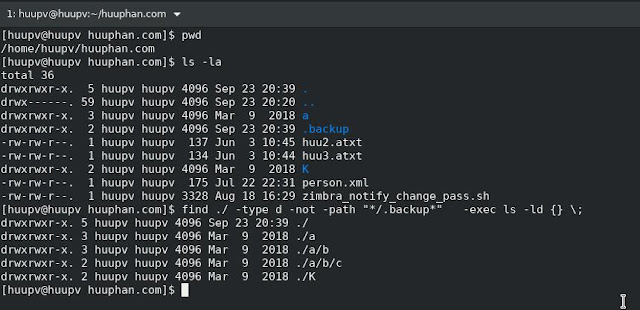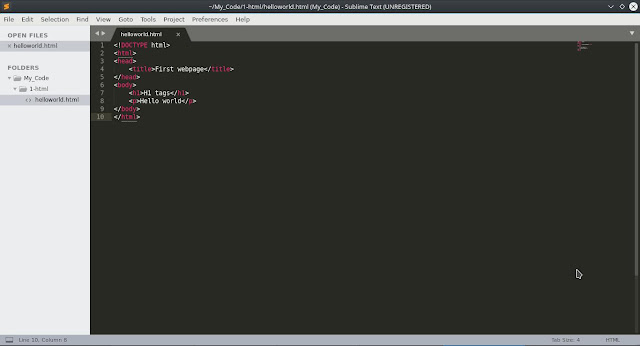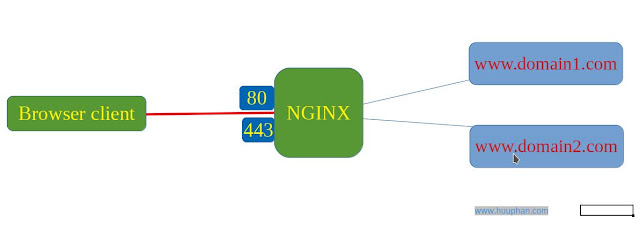Linux find command

In this tutorial, Using find command to search for file or directory in linux. How to use linux find command find all folder or file. Using -exec flag. Linux find command How to find all folder not contain path ".backup" as below [huupv@huupv huuphan.com]$ find ./ -type d -not -path "*/.backup*" -exec ls -ld {} \; The screen output terminal: How to find all symbolic link in current folder. [huupv@huupv huuphan.com]$ find ./ -type l -exec ls -l {} \; The screen output terminal: Conclusion Thought the article, you can use Linux find command. I hope will this your helpful



